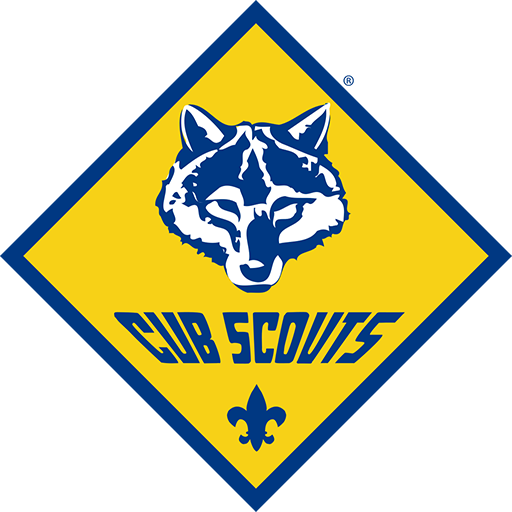Not Everyone Wears a Uniform
In Cub Scouting there are so many opportunities to volunteer. You want to get involved, but you’re not sure where to start. Here is a step-by-step guide to get you started. Remember not every volunteer in Cub Scouting wears a uniform. Everyone has different skills and ways they can contribute to make the Cub Scouting experience meaningful. No matter how you want to get involved, thank you for making the first move to volunteer with Cub Scouts.
Helping
Being helpful is part of the Scout Law, a value we seek to instill in everyone. The best way to help is not to wait until someone asks, but by providing assistance when you know someone needs it.
When offering to help consider the following:
What things are you good at?
What do you enjoy doing?
What hobbies or skills do enjoy?
If you have not already been asked, you should complete the Family Talent Survey . This one page survey is given to a leader in your pack so they know what resources are available.
Any leader or volunteer in your pack can tell you how you can help the group. If you help by doing something you are good at you will find it rewarding and may lead you to becoming a volunteer.
Volunteering
Volunteering is another way you can get involved. Being a volunteer in the BSA means you have registered as an adult and have gone through an approval process.
Registering as an adult in your Pack lets others know that you are willing to go beyond just helping others but willing to take on responsibilities in the Pack. To serve in a volunteer position in Scouting requires an adult to register with the BSA.
1. Complete an adult application, either hard copy or online.
2. Complete Youth Protection Training.
3. The pack committee chair and chartered organization reviews and approves the application.
Not all volunteers work directly with youth. Many serve in positions that support those who do.
Leading
Being a leader means you are a registered volunteer that takes on a personal commitment to ensure that Scouting is being delivered in a safe manner, the way it was designed, and in a way that makes it meaningful to everyone involved.
Leaders take training for the position that they are in and continue training beyond position specific training, like Basic Adult Leader Outdoor Orientation (BALOO) or Wood Badge. They attend local training events where other leaders share best methods.
Being a leader means you care about the Cub Scouting program beyond your current position. You want to see it strengthen and grow long after you and your Cub Scout have moved beyond the pack.
Leaders in Scouting find it to be the most rewarding way to spend their time and share their talents.
